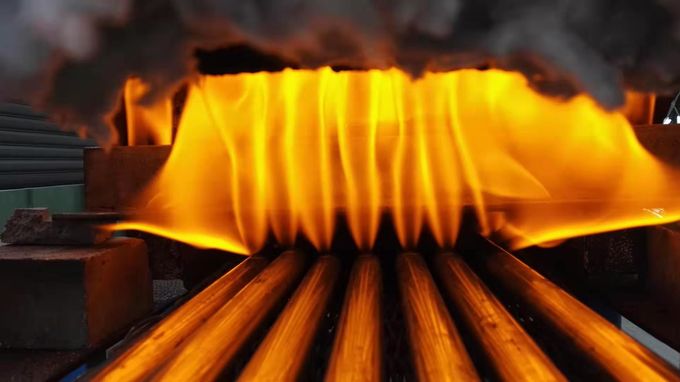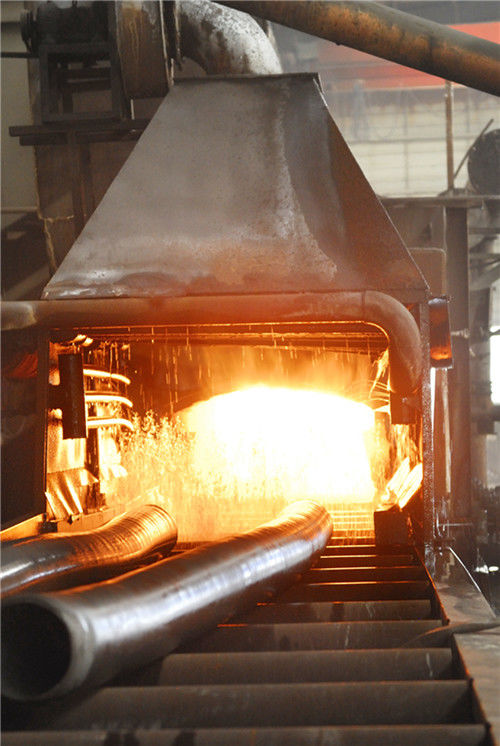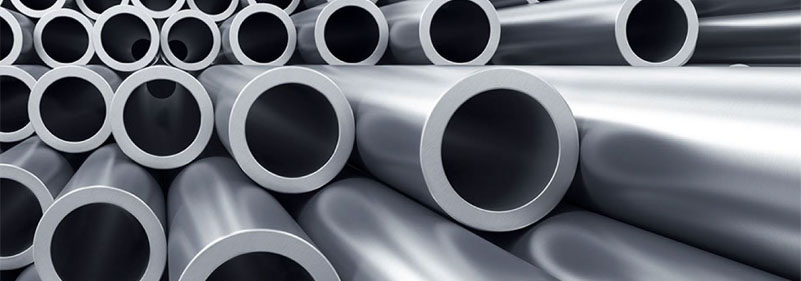Stainless steel corrosion, fracture, rust? This link has not been dealt with properly!
The heat treatment of stainless steel pipe is an indispensable part of MTSCO production, so what are the ways and functions of heat treatment?
The results of Cr, Ni and other alloy elements in austenitic stainless steel reduce MS point to below room temperature (-30 to -70 ℃). The austenite structure is stable, so the transformation will not occur at room temperature when heating and cooling. Therefore, the main purpose of heat treatment of austenitic stainless steel is not to change the mechanical properties, but to improve the corrosion resistance.

Solid solution treatment of austenitic stainless steel
Technology:
In gb1200, the recommended heating temperature range is wide: 1000-1150 ℃, usually 1020-1080 ℃. Considering the specific brand composition, whether it is a casting or forging, the heating temperature shall be adjusted appropriately within the allowable range. The low heating temperature, the C-Cr carbide can not be fully dissolved, the temperature is too high, and there are also problems of grain growth and corrosion resistance reduction.
Cooling mode: cooling shall be carried out at a faster speed to prevent carbide re precipitation. In China and other national standards, it is indicated that "fast cooling" after solid solution
Effect:
1. Precipitation and dissolution of alloy carbide in steel
C is one of the alloy elements in steel. Besides the strengthening effect, it is not good for corrosion resistance. Especially when C and Cr form carbides, the effect is worse, so it should be reduced. Therefore, according to the characteristics of C in austenite with different temperature, that is, the solubility is large at high temperature and low in low temperature. The steel is heated to high temperature, so that C-Cr compound can be dissolved fully, and then cooled quickly, so that it can not be precipitated before it can be precipitated, so as to ensure the corrosion resistance of steel, especially intergranular corrosion resistance.
2. σ mutually
If austenite steel is heated for a long time in the range of 500-900 ℃, or when Ti, Nb, Mo and other elements are added to the steel, it will promote σ Phase precipitation makes steel increase brittleness and reduce corrosion resistance, and eliminate it σ The method of phase is to dissolve the phase higher than the possible precipitation temperature, and then cool quickly to prevent re precipitation.
The stable heat treatment of austenitic stainless steel
The stable heat treatment is limited to austenitic stainless steel containing stable elements Ti or Nb, such as 1Cr18Ni9Ti, 0cr18ni11nb, etc.
Technology:
The stable heating temperature is generally selected at 850-930 ℃, which will make Cr23C6 fully dissolved, and tie Ti or Nb with C, while CR will remain in austenite.
Cooling mode: generally, air cooling is adopted, or water cooling or furnace cooling is adopted. This shall be determined according to the specific conditions of parts
Effect:
The steel is filled with Ti and Nb with stronger affinity than Cr and C, and conditions are created to make C first combine with Ti and Nb, reduce the chance of C and Cr combination, and keep CR stable in austenite, so as to ensure the corrosion resistance of steel. Stabilizing heat treatment is the combination of Ti, Nb and C to stabilize Cr in austenite.

Stress relief for austenitic stainless steel
Technology:
Under the condition of the conditions, the stress can be eliminated by solid solution treatment and stabilization treatment (a certain stress will be generated in solid solution water cooling). However, sometimes, such methods are not allowed, such as pipe fittings in the circuit, finished parts without allowance, deformation prone parts with extremely complex shape, etc. at this time, stress removal method with temperature below 450 ℃ can be used, Some stresses can also be eliminated. If the workpiece is used in a strong stress corrosion environment, the stress must be completely eliminated, then the material shall be considered when selecting, such as steel containing stable elements or ultra-low carbon austenitic stainless steel.
Effect:
To investigate the mechanism of the disease
The stress of parts made of austenitic stainless steel is inevitable, such as the processing stress and welding stress during cold working. The existence of these stresses will have adverse effects, such as: the influence on the dimensional stability; When the parts with stress are used in CL medium, H2S, NaOH and other media, stress corrosion cracking will occur. This is a kind of sudden damage which occurs locally and without any precursor, which is very harmful. Therefore, the austenitic stainless steel parts used under certain working conditions should reduce the stress to the maximum extent, which can be accomplished by stress removal method.

 English
English 中 文
中 文 Español
Español Português
Português Deutsch
Deutsch Türk
Türk Pусский
Pусский عربي
عربي 한국인
한국인 日本語
日本語
